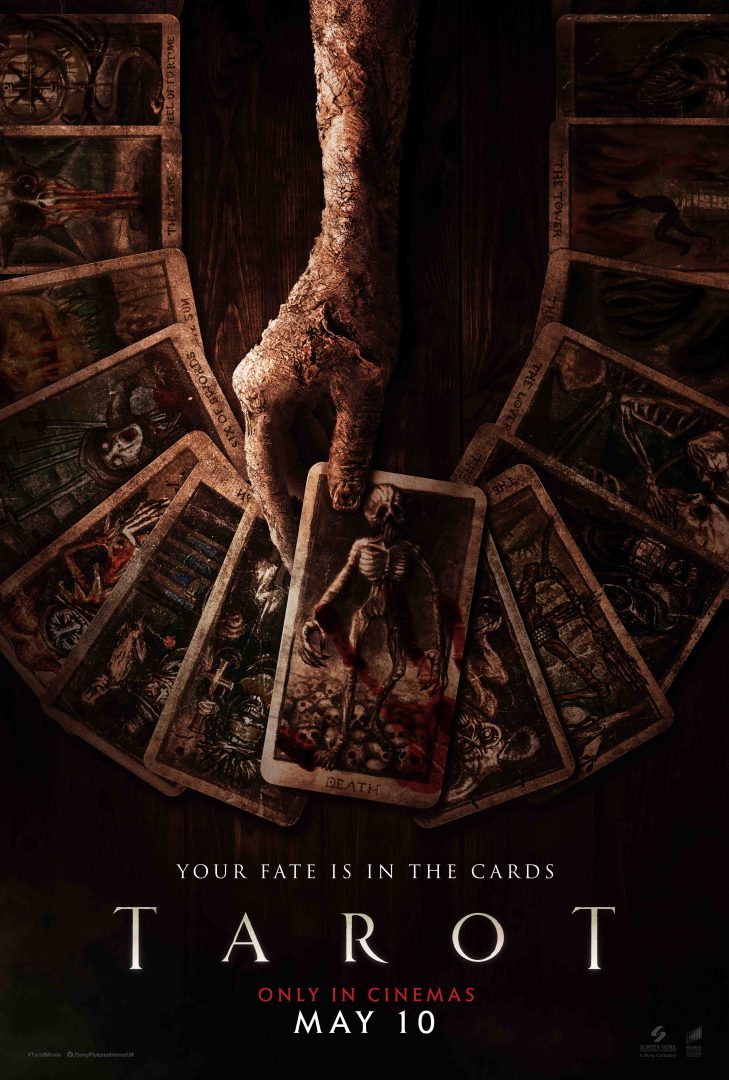“Don’t Turn Out the Lights” is set in a secluded cabin where a group of friends, seeking a reprieve from their mundane lives, unknowingly stumbles into a haunting nightmare. Upon their arrival, an oppressive sense of dread hangs in the air; local folklore alludes to the cabin’s sinister history. The protagonist, Emma, is a contemplative and observant individual, feeling both excitement and trepidation about the getaway. From the very beginning, her instincts are heightened, as she senses an underlying malevolence.
As nighttime envelops the cabin, the group gathers around a flickering campfire to share stories. However, their merriment is swiftly overshadowed by fear as they begin to encounter strange phenomena—muffled whispers cutting through the night, fleeting shadows just out of eye’s reach, and items that seem to shift on their own. The author masterfully escalates the tension, employing vivid descriptions to illustrate the characters’ intensifying paranoia. Every creak of the cabin reverberates with their anxieties, as the boundaries between reality and the supernatural start to dissolve.
As the night progresses, tensions escalate when personal secrets come to light, exposing underlying grudges and fears. Emma, haunted by her past, begins to have visions that tease the gruesome history of the cabin—a traumatic event involving a prior group of guests. These chilling discoveries deepen the narrative, compelling each character to face their most profound fears, both of the lurking unknown and of each other.





